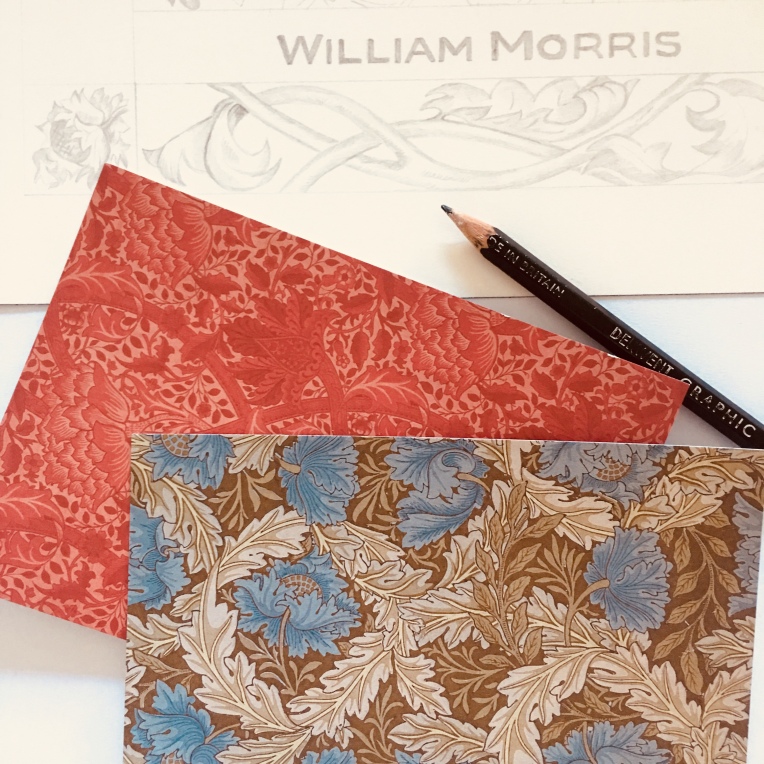 |
| Weaving plant branches and being inspired by William Morris |
I have been working on the successor of ‘Praising Plants‘, ‘Ode to All Oak Trees‘ and ‘Sophisticated Succulents‘ by returning to William Morris.
For years, William Morris didn’t appeal that much to me because I was under the influence of Dutch Baroque floral painters. They, as no one else, could create depth and a feeling as if you were looking at a real bouquet. They positioned their composition in such way that a large flower vases, filled with many different seasonal flowers, would stand proudly on show and you could -in your mind- walk around it. You would admire not only the flowers but also water-drops and insect that rested on big and small petals. But, of course, you were looking at an illusion. Dutch floral painters studied flowers, one by one, made sketches on them, and then set up a composition as if all flowers were all in bloom at the exact same time, which is never the case in nature. A wonderful illusion; a much admired illusion.
William Morris looked one-dimensional compared to these baroque painters, yet, I learned to see that, compared to many modern flower designs, Morris certainly isn’t one-dimensional. He may not create as much depth as I would like to see, but he weaves flower stems, creating a feeling as if you are in nature, looking at bushes, trees, and flower beds. Some flowers are near, some further away. William Morris educates and inspired us with his design, botanical knowledge, and colourful palette.
(I feel the need to apologise for the quality of the photo. The photo looks sharp on my computer but blur on Blogger. There is a larger and sharper photo at Etsy or my blog).
Paula Kuitenbrouwer
Artist info: Arches paper & Derwent H2 to H7. Acanthus grows in Dutch gardens. I haven't found it growing outside (botanical) gardens.



Gorgeous...I love William Morris.
ReplyDeleteThank you, Kate.
Delete